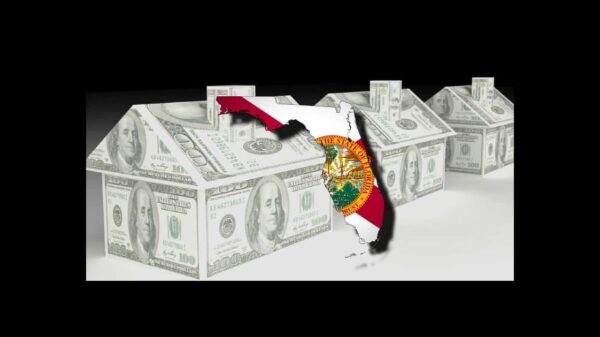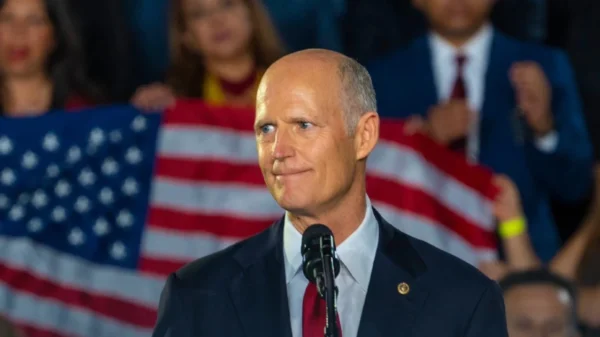On Wednesday, U.S. Sen. Rick Scott, R-Fla., sent a letter to Federal Reserve Chairman Jay Powell, highlighting his concern about the growing size of the Federal Reserve’s balance sheet and ongoing purchases of U.S. Treasuries to finance U.S. federal deficits. Scott’s office insisted the senator is trying “to work to address the nation’s staggering national debt and rein in the out-of-control spending that is putting America’s future at risk.”
Scott wrote the following:
Dear Chairman Powell,
I want to thank you for meeting with me on November 13, 2019. As we discussed, I am deeply concerned about the growing size of the Federal Reserve’s balance sheet.
I am disappointed to see the Federal Reserve’s balance sheet continue to grow in 2020, reaching over $4.1 trillion in January 2020 – higher than 2019 levels, and significantly higher than a decade ago when the balance sheet stood under $1 trillion in asset holdings in January 2008. I am also concerned about the Federal Reserve’s ongoing purchases of U.S. Treasuries to finance U.S. federal deficits. These actions only serve to enable the astonishing and troubling growth of our nation’s deficit.
We must take steps to combat the continued growth of the Federal Reserve’s balance sheet. Therefore, I write you to request answers to the following questions at your earliest convenience:
1. The Federal Reserve began shrinking its asset holdings in late 2017, but reversed course last year. Today, the Federal Reserve’s balance sheet stands near historic highs and the Federal Reserve’s current rate of Treasury bill purchases total $60 billion per month. What has driven this significant and unprecedented growth in the Federal Reserve’s balance sheet?
2. Does this type of balance sheet truly reflect the mission and mandate of the Federal Reserve?
3. What plans does the Federal Reserve have to shrink its balance sheet and bring asset holdings back in line with historic norms?
4. The Federal Reserve has been purchasing a majority share of annual U.S. federal deficits through its Treasuries purchases and currently owns nearly 20 percent of U.S. federal public debt. Why is the Federal Reserve purchasing such a large share of U.S. federal debt?
5. What plans does the Federal Reserve have to right size its ownership of U.S. federal debt and deficits going forward?
I look forward to hearing from you on these important issues. I know you share my priority of keeping the American economy strong and sustainable, and I look forward to working with you as you continue to lead the Federal Reserve.





















